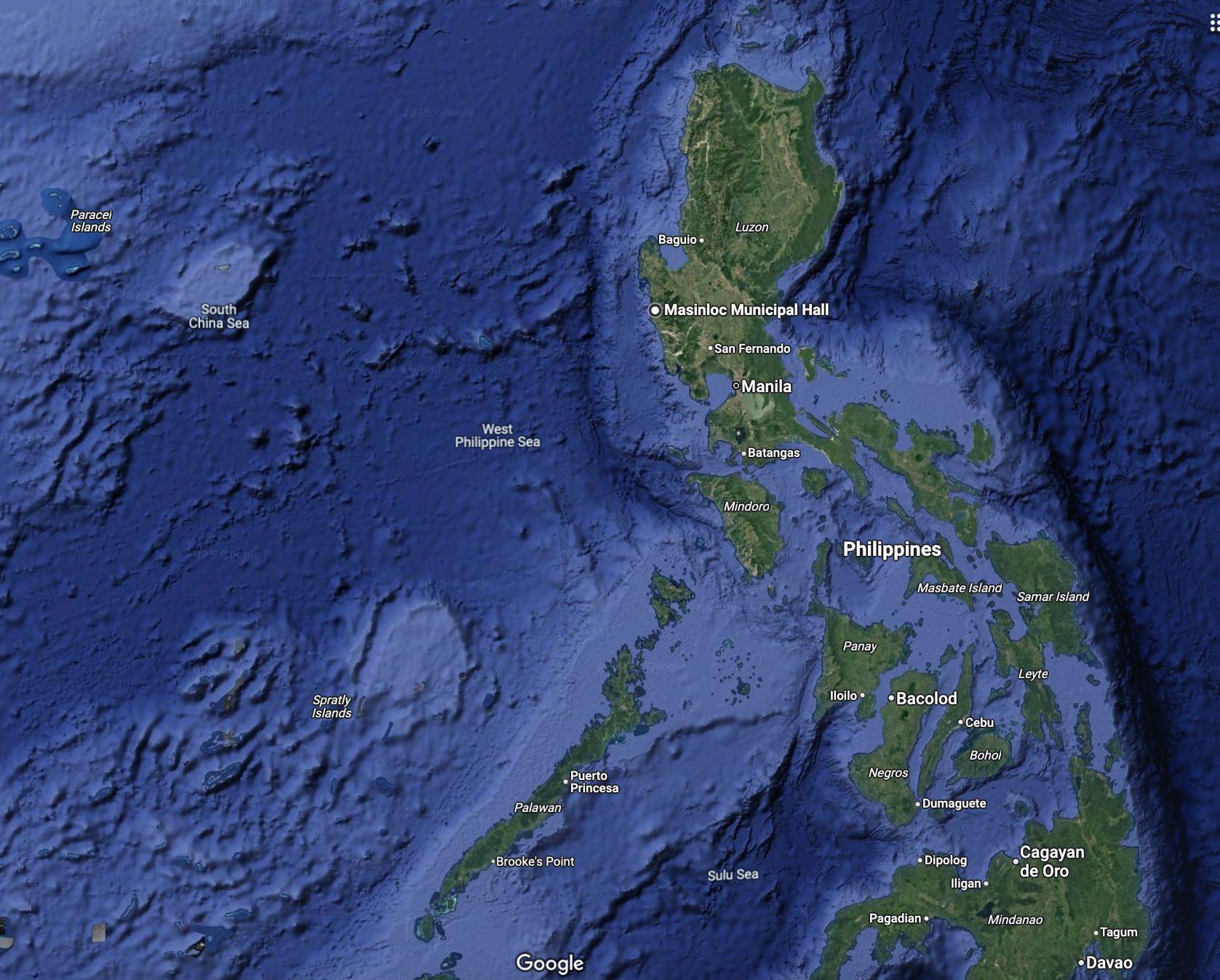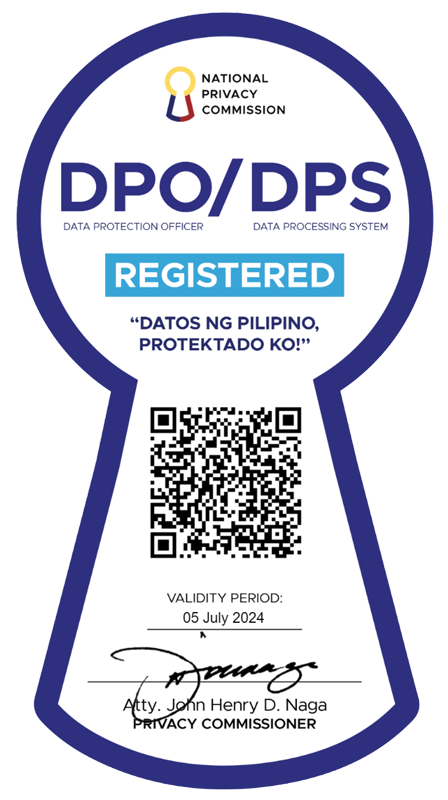WPS on Google Maps affirms int'l recognition of PH sovereign rights —AFP

The Armed Forces of the Philippines (AFP) on Tuesday welcomed the inclusion of the West Philippine Sea (WPS) on Google Maps, saying that it affirmed international recognition of the country’s sovereign rights.
“This affirms international recognition of the country’s sovereign rights, as upheld by the 2016 Arbitral Ruling under UNCLOS,” AFP spokesperson Colonel Francel Margareth Padilla said in a statement.
“As defenders of national sovereignty, the AFP sees this as a valuable contribution to truthful representation and public awareness,” she added.
Padilla said the Philippine military remains resolute in doing its mandate to protect the country’s territory and uphold national integrity.
Speaker Martin Romualdez on Tuesday also welcomed the development and said that the labeling of the West Philippine Sea on Google Maps is not just a cartographic correction but a “geopolitical milestone” as it affirms the Philippines’ sovereign rights over waters within its exclusive economic zone.
Romualdez pointed out how it aligns with the Philippines’ long-standing position following the 2016 arbitration ruling, which recognized the country’s legal claim over a part of the South China Sea under international law.
“Google’s decision to reflect the West Philippine Sea label is more than a map update. It’s a geopolitical affirmation. This platform shapes global consciousness, and this recognition adds significant weight to our cause,” the Speaker said in a statement.
“This simple yet powerful update reflects the growing global acknowledgment of the Philippines’ sovereign rights over the maritime areas within our Exclusive Economic Zone,” he added.
Romualdez said that Google Maps’ recognition of the West Philippine Sea is a “symbolic and moral victory” for Filipinos, hoping that other mapping services, institutions, and governments will also follow suit.
“This reinforces what we have long asserted: that these waters are part of the Philippines’ territory, and all must respect our sovereign rights,” he said.
“Ipinapakita nito na sa mata ng mundo, may saysay at bigat ang ating paninindigan—isang paninindigang nakaugat sa batas, katarungan, at pandaigdigang kaayusan,” he stressed.
(This shows to the world that our stand has meaning and weight—a stand that is rooted in law, justice, and international order.)
Independent senatorial candidate Ariel Querubin called the move "symbolic ...in support of the country's sovereignty."
“Ito ngayon yung nakakatuwa na finally nailagay na sa Google Maps yung West Philippine Sea. Dahil mayroon ngang ibang mambabatas na sinasabi nila, pag Ginoogle mo yan, wala yan. So ngayon, meron na,” said the retired Marine colonel.
On Monday, it was learned that Google Maps has entered WPS in its records.
A Google Maps search on the Scarborough or Panatag Shoal, a common fishing ground which lies within the Philippines’ 200-nautical miles exclusive economic zone, showed it is lying within the body of water identified as WPS.
GMA News Online has reached out to Gaurav Bhaskar, Google senior director for global communications in Southeast Asia, for comment on Google Maps having a WPS entry and will publish his comment as soon as it becomes available
In 2012, the Philippines, during the administration of former President Benigno Aquino III, officially named areas on the western side of the archipelago as West Philippine Sea.
Administrative Order No. 29, signed on September 5, 2012 declares: "The maritime areas on the western side of the Philippine archipelago are hereby named the West Philippine Sea. These areas include the Luzon Sea as well as the waters around, within and adjacent to the Kalayaan Island Group and Bajo De Masinloc, also known as Scarborough Shoal."
In 2016, the Permanent Court of Arbitration in The Hague ruled in favor of the Philippines over China's claims in the South China Sea, saying that it had "no legal basis."
The decision also ruled that the Ayungin Shoal, the Spratly Islands, Panganiban or Mischief Reef, and Recto or Reed Bank are within the Philippines’ EEZ.
Further, the Hague court outlawed Chinese aggression in the Philippines’ EEZ by stating that Scarborough Shoal, a rich fish resource, is a common fishing ground.
China, however, refused to recognize the court ruling to this day and is undeterred in deploying aggression against Philippine vessels and personnel, including firing water cannons and ramming Filipino-manned coastguard and fishing vessels. —KG, GMA Integrated News





